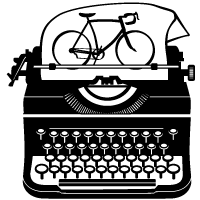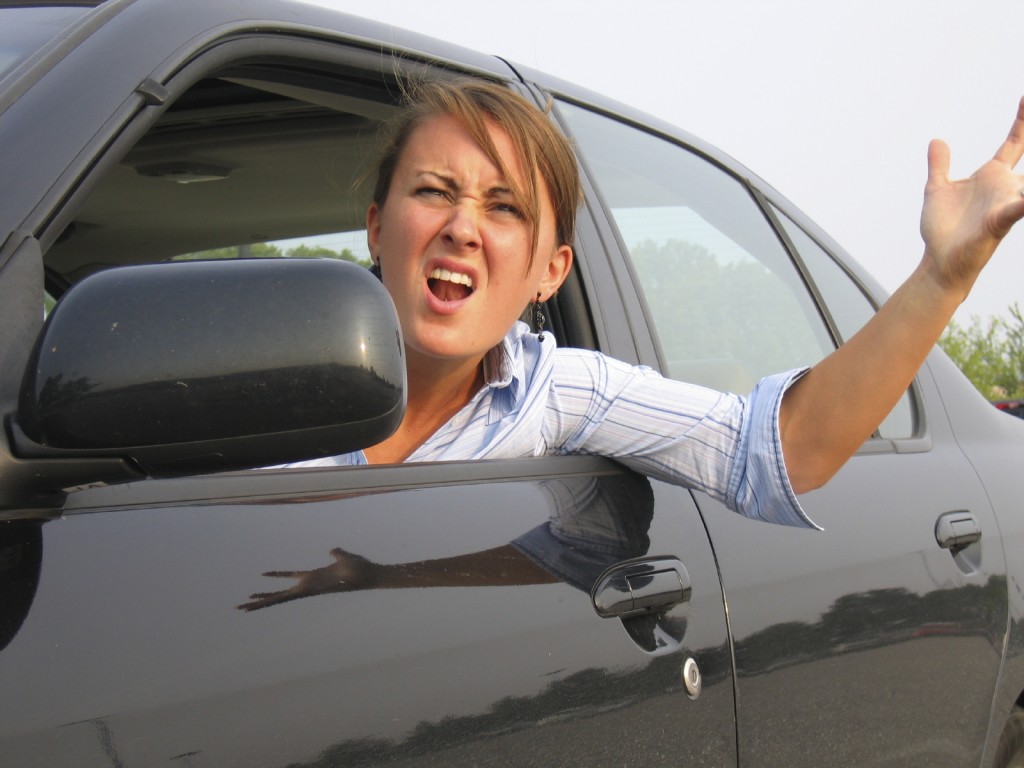It seems safe to assume that you, the reader of this post on a site dedicated entirely to bikes, are intimately familiar with the special vitriol American drivers reserve for bicyclists. The worst rhetoric presents itself in the comments underneath nearly every mainstream media story that so much as mentions bikes (it’s hard to get in a full rant as you speed by that bastard cyclist rudely using the road built for your car. “Get off the rooaaaa” is usually the best they can muster). Comments range from screeds about bikes not paying for the roads therefore not deserving to ride on them to disgusting quips about injured cyclists getting what they deserved for riding where they don’t belong.
The ignorance and faulty logic of bike-hating Internet commenters is frustrating to no end, but it’s somewhat benign in the grand scheme. When that same hatred manifests in the mind of someone behind the wheel of a two-ton vehicle, however, it is incredibly dangerous. Enraged drivers suddenly feel justified as they try to scare cyclists by “buzzing” them, honking, cutting them off, yelling, or throwing something.
What the drivers often don’t take into consideration (at least I don’t think they do) is the razor-thin line between a scared cyclist and a severely injured cyclist that’s been hit by a car or run off the road. Occasionally drivers take that hatred to extremes and try to intentionally injure or kill cyclists. On of the most sickening examples of this happened in late February when a 47-year old man intentionally plowed his car through a large group of cyclists riding in critical mass in Porte Alegre, Brazil.
None of this is particularly surprising, but expectation doesn’t help explain why there’s such pervasive hatred for cyclists. Though plenty of drivers are most certainly assholes, that unfortunately doesn’t cut it as an explanation (as one of the articles I’m about to link explains). Fortunately two smart writers recently spent some time thinking about this issue and crafting theories to help explain the hate.
Tom Vanderbilt, author of the book Traffic: Why We Drive the Way We Do (And What It Says About Us), wrote an article for Outside magazine called “Rage Against Your Machine.” In it, he says the hatred stems from the notion that bicyclists are outsiders in America. As such, drivers separate themselves from the bike riders they pass on the road and devalue them in their minds.
Vanderbilt writes:
This dynamic appears on the road in all kinds of ways. “We know that merely perceiving someone as an outsider is enough to provoke a whole range of things,” says Ian Walker, a researcher at the University of Bath who specializes in traffic psychology. “All the time, you hear drivers saying things like ‘Cyclists, they’re all running red lights, they’re all riding on sidewalks,’ while completely overlooking the fact that the group they identify with regularly engages in a whole host of negative behaviors as well.” This social categorization is subtle but dominant, he points out. When people are given a piece of paper and asked to describe themselves, “men never write, ‘I’m a man.’ Whereas women will write ‘woman’ because being male is the ‘default’ status in society.”
And so it is with cyclists. In a country like the Netherlands, which has more bikes than people and where virtually the entire population cycles at one time or another, the word cyclist isn’t meaningful. But in the U.S., the term often implies something more, in both a good and a bad sense.
In a blog post on the Chicago magazine site called “Why Do Drivers Hate Cyclists?”, Whet Moser builds on Vanderbilt’s article by discussing the idea that drivers fear cyclists. It’s not that drivers fear cyclists are going to attack them, but that they as drivers of big metal vehicles know that they’ve got the potential to seriously injure a vulnerable cyclist and it scares them. Rather than allow themselves to be outwardly afraid, they channel their fear into anger directed at those that make them afraid.
I find myself more convinced by Vanderbilt’s argument that drivers see cyclists as outsiders. But the two perspectives are far from mutually exclusive and Moser’s ideas are certainly worth thinking about.
Both of their ideas point to angry drivers “othering” cyclists. It is the way by which many groups of people have been discriminated against and persecuted in the past. (Don’t worry, I’m not conflating the problems of cyclists with racial, sexual, religious, etc persecution, but there are parallels to be drawn). When you tell yourself someone is beneath you, it’s a lot easier to justify your vitriolic and violent actions against them.
While there are a few theories as to why cyclists fill some drivers with rage, the solution is pretty well agreed upon and quite simple (on paper at least). Get more people on bikes. The more people riding, the less bikes can be considered outsiders, others, or anything but people using the road.


Pingback: Bike News Roundup: Neighbors fight a street mural featuring puppies | Seattle Bike Blog